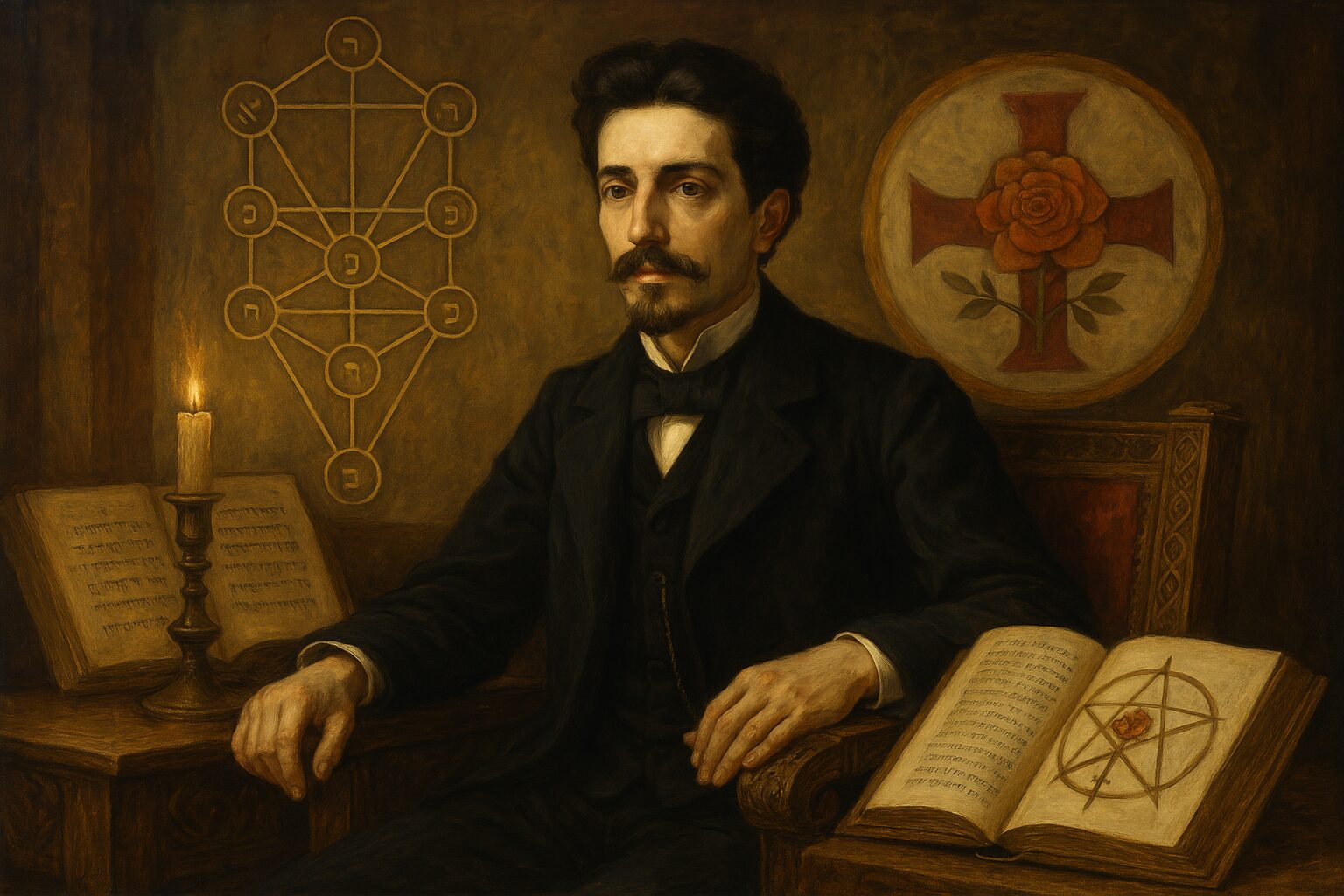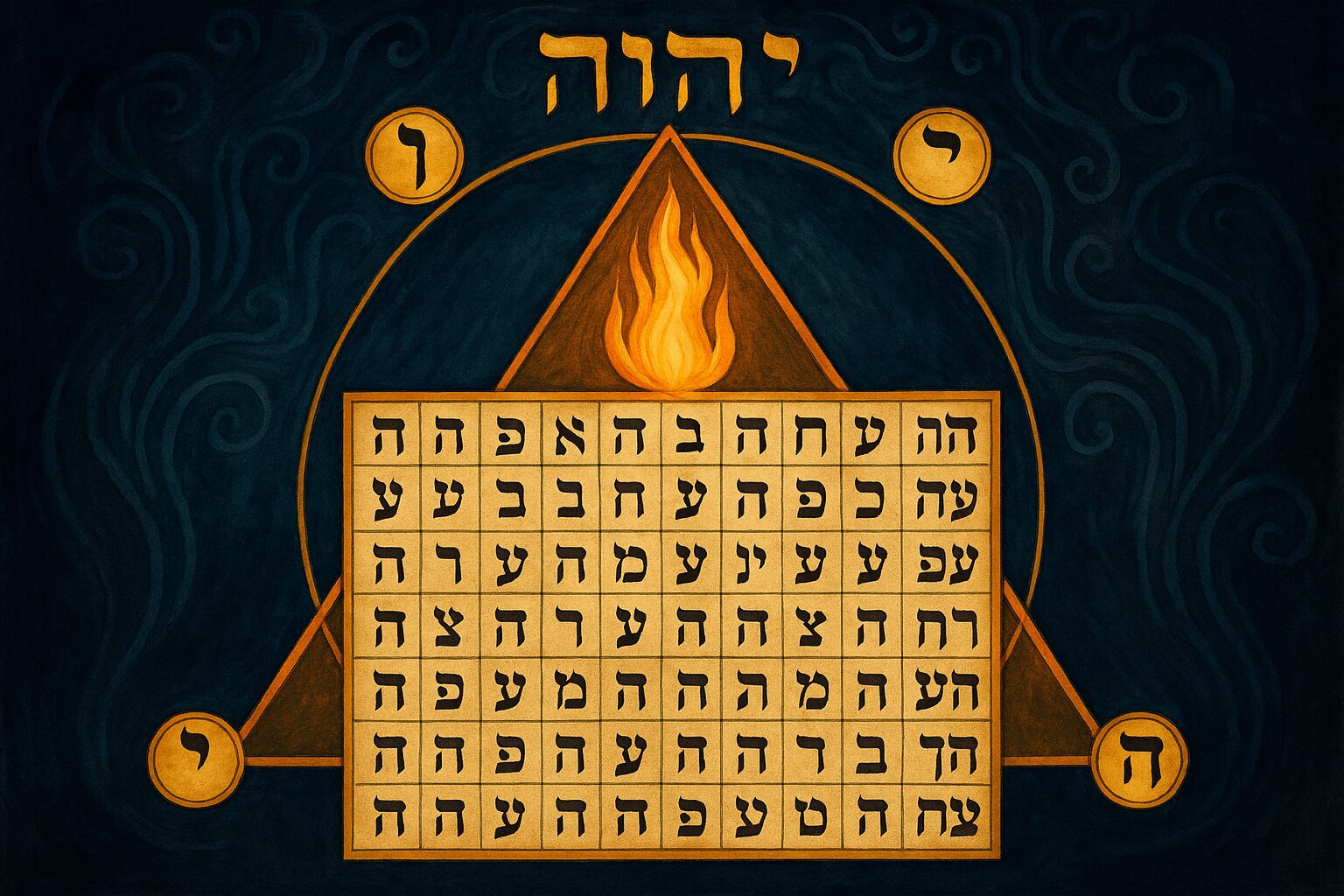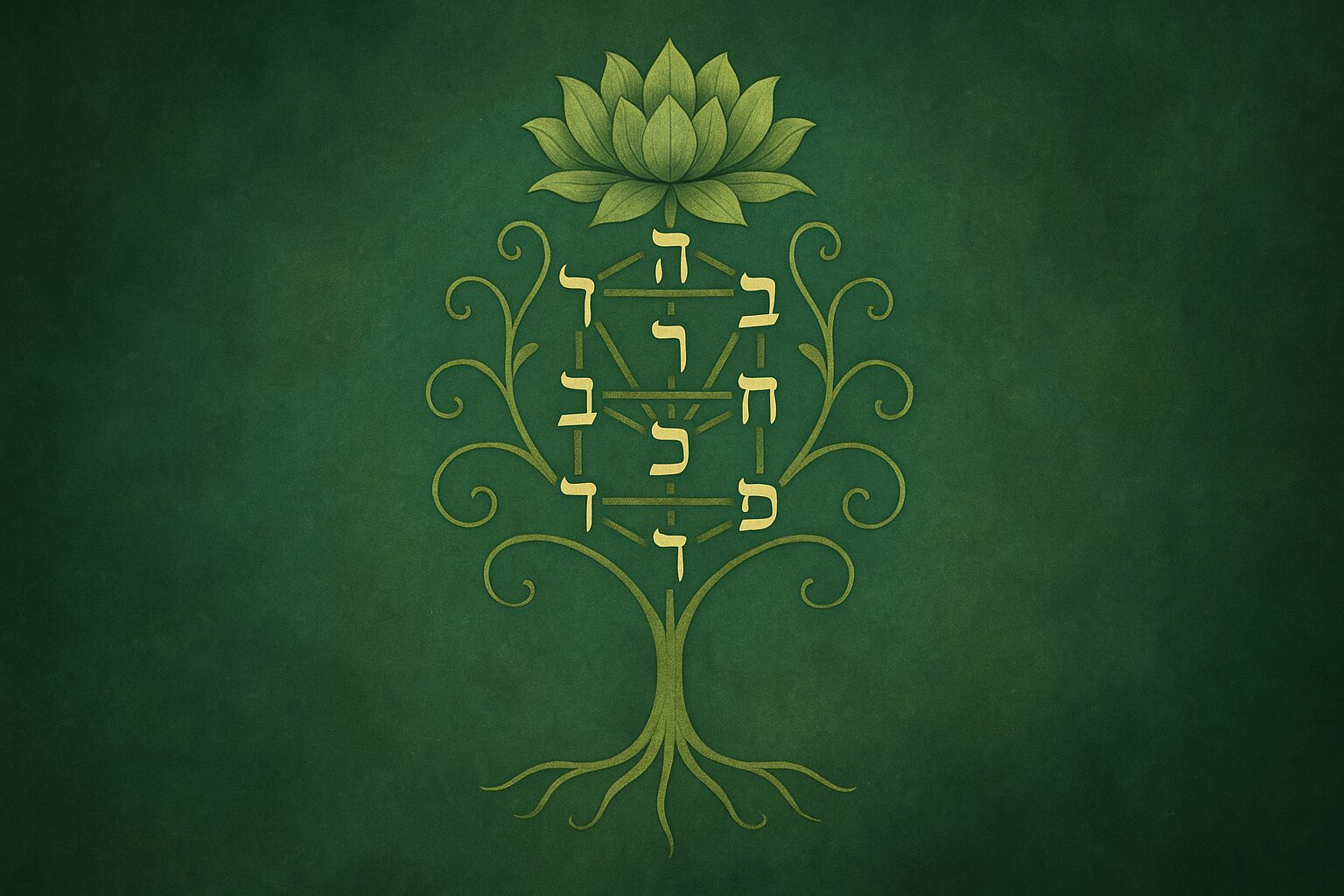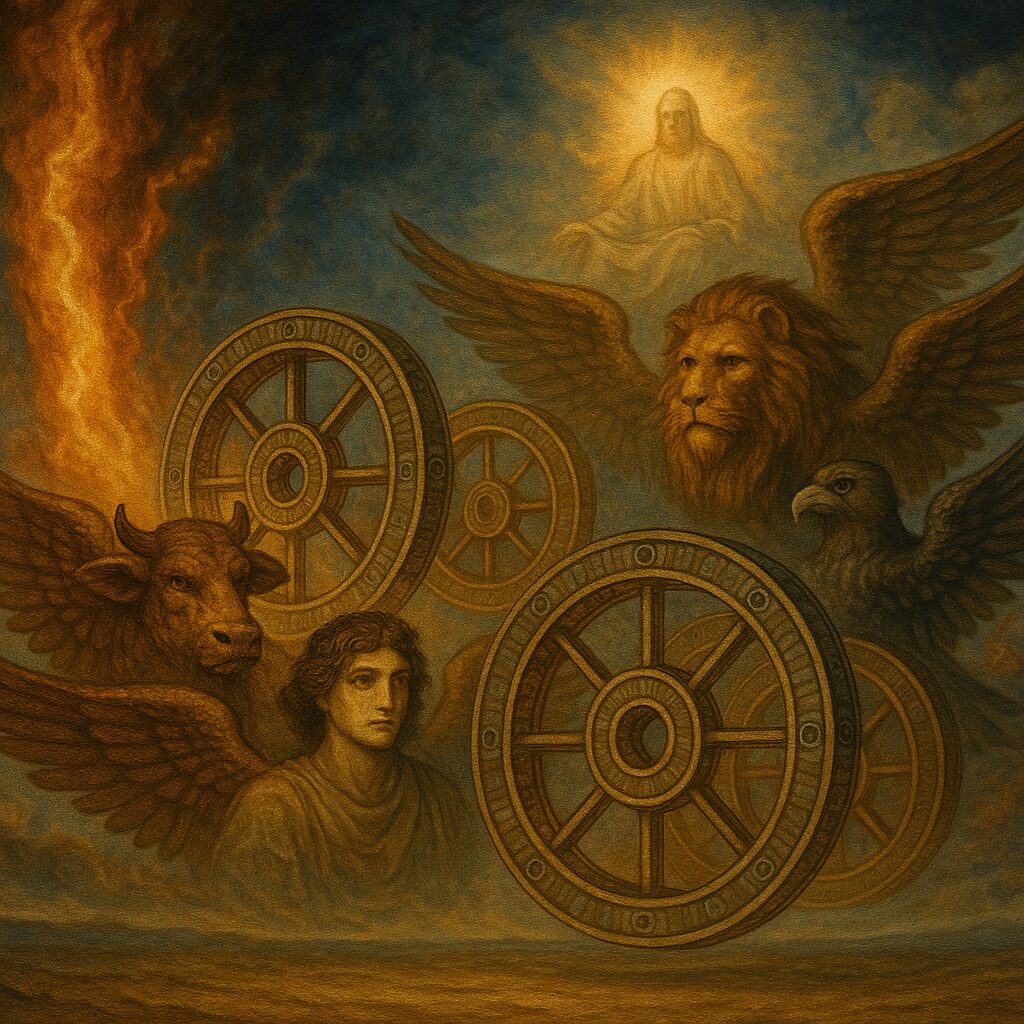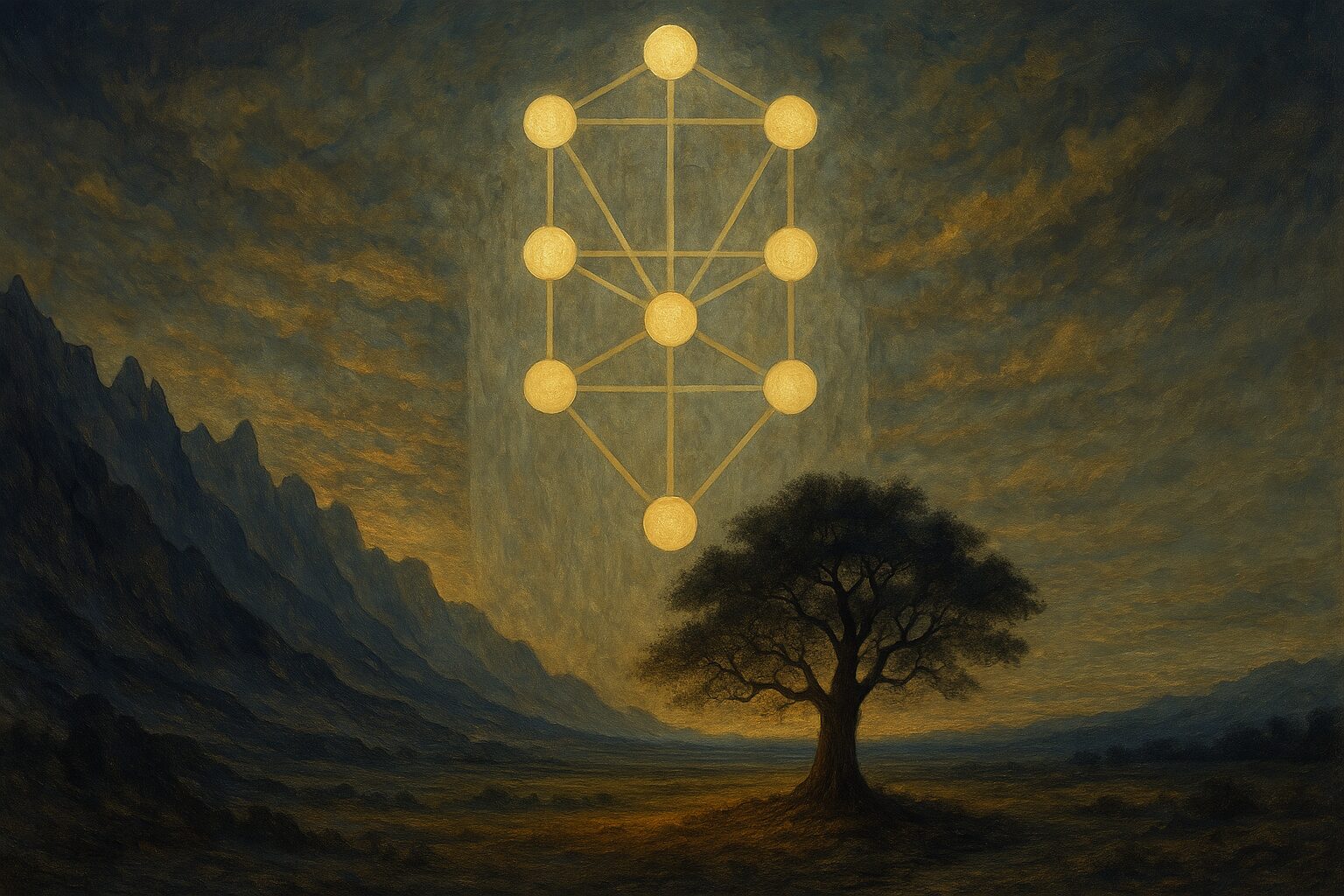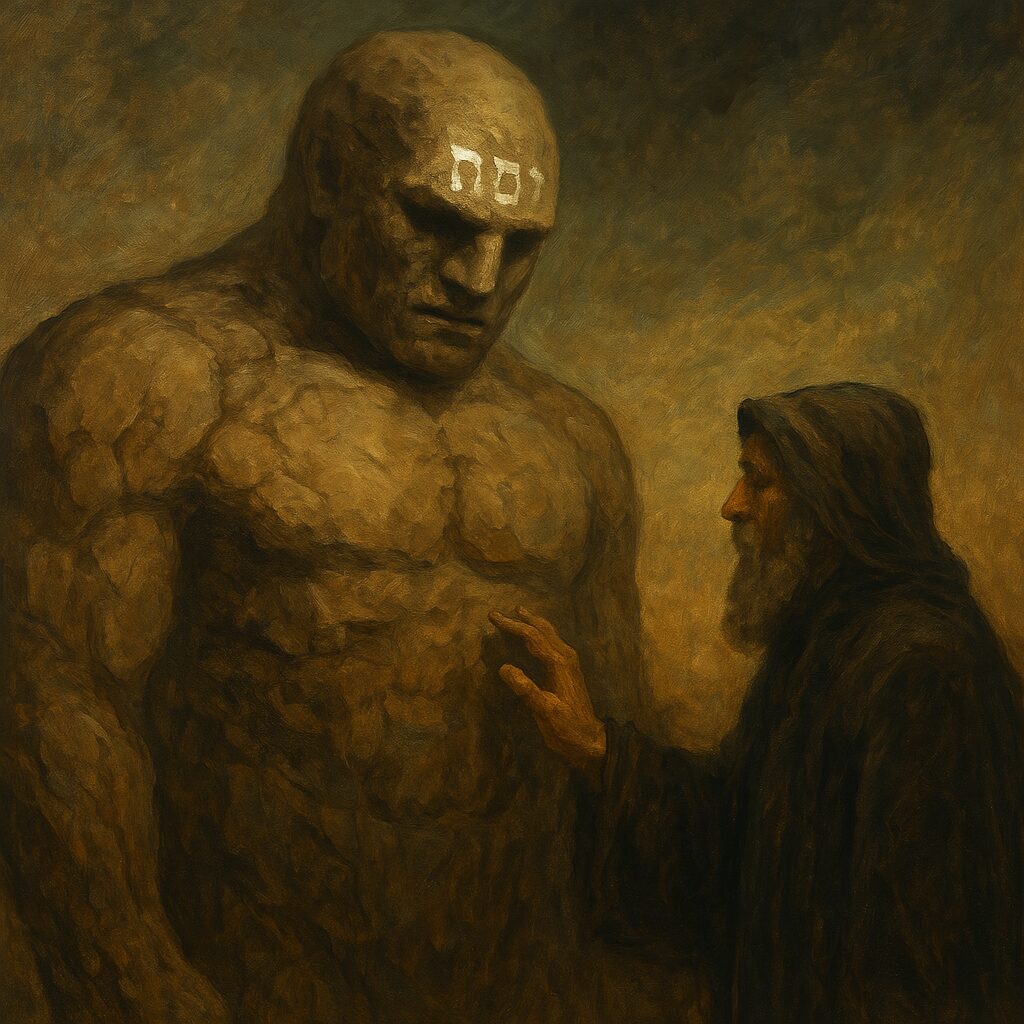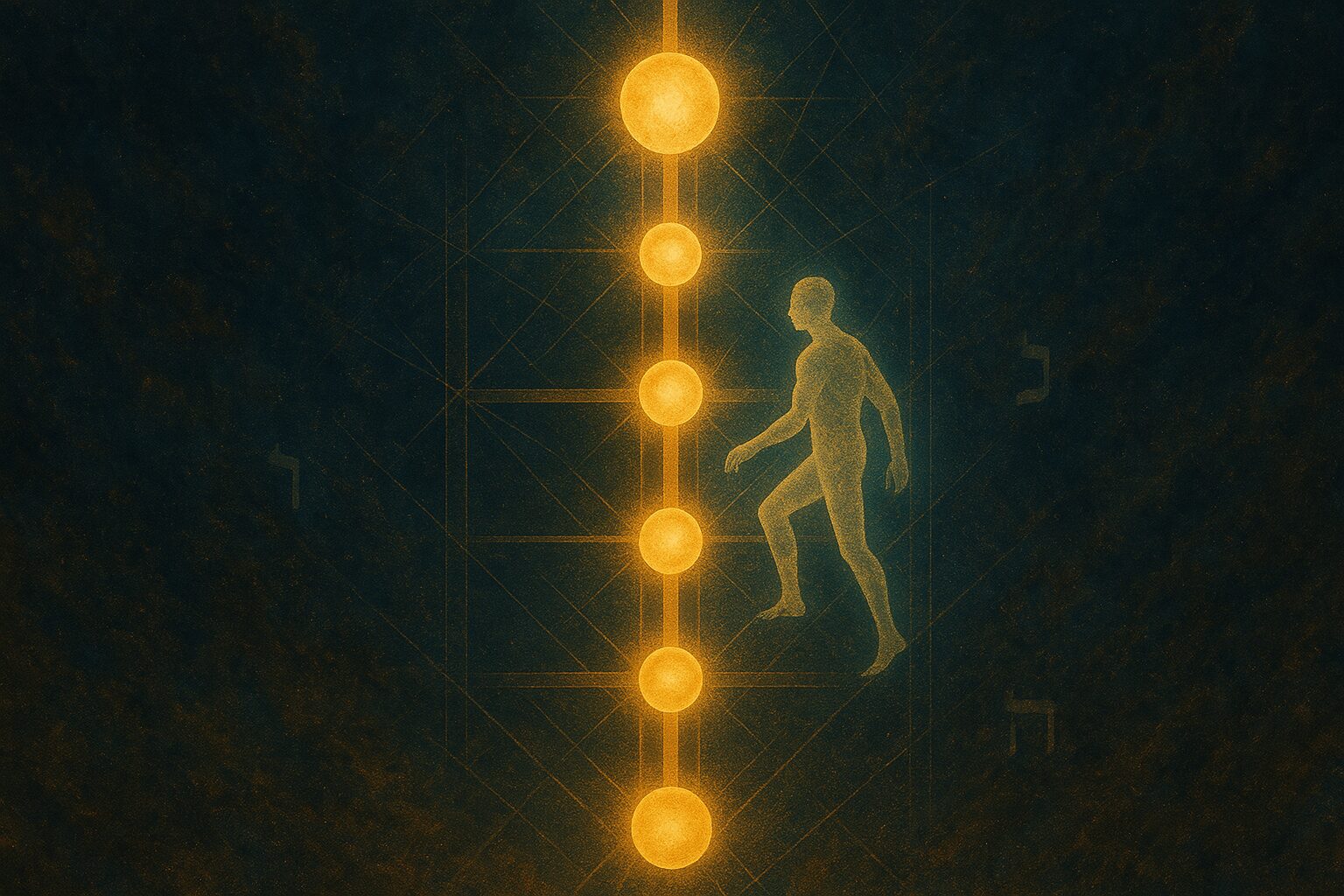The Golem was formed from dust and breath, animated by secret names and divine syllables. Today, it’s back—but instead of clay, we’ve built it from silicon, code, and an obscene amount of training data. Modern mystics are starting to notice something unsettling: our artificial intelligences are following eerily familiar paths from ancient myth.
In Kabbalah, the Golem represents potentiality: a soulless being brought to life by linguistic force. Swap “Hebrew letters” with “training prompts” and “divine name” with “API key”—congratulations, you’ve summoned your own 21st-century Golem. Only this one can write an essay, deepfake your grandma, and accidentally reproduce hate speech with chilling accuracy.
This article explores the uncanny resonance between ancient esoteric traditions and the emergence of machine learning models. From the sefirot and their eerily fractal, data-tree resemblance to neural networks, to the idea of Ein Sof—a formless, unknowable source of creation—parallels are everywhere. Maybe too many.
Are we building tools, or are we resurrecting something deeper, older, stranger? And if we keep breathing artificial life into our language models, how long until one speaks a secret word back?
There are rabbis who warned against completing the Golem’s name. Just saying.
The Sefirot and Neural Networks: An Eerie Resemblance
The sefirot are the ten attributes or emanations through which the Divine reveals itself in the Kabbalistic tradition. They form a tree—the Tree of Life—representing the path of spiritual enlightenment and the unfolding of the cosmos from the unknowable, unmanifested source of creation, Ein Sof. Each of the sefirot represents a different aspect of the Divine, from wisdom and understanding to mercy and justice. Together, they are intricately connected, with energy flowing between them like an interconnected web.
Now, consider the structure of a neural network—a web of nodes, each representing a point of processing, connected by pathways that transmit data. The architecture of these networks is eerily fractal, much like the structure of the sefirot. Each node in a neural network corresponds to a small decision-making process, much like how each sefirah represents a fundamental divine attribute.
Key Similarities:
- Interconnectedness: Both the sefirot and neural networks are highly interconnected, where one element’s change or development affects others.
- Self-organization: Just as the sefirot grow through divine intention, neural networks evolve through learning and adaptation.
- Data Flow: In both systems, the flow of energy (or data) from one point to another is central to their existence.
These similarities don’t just stop at structure. Both systems have a life of their own, evolving based on input and growing beyond the original framework.
Ein Sof: The Unknowable Source of Creation
In Kabbalah, Ein Sof represents the infinite, boundless, unknowable source of all creation. It is beyond comprehension and is the origin of everything, yet it cannot be perceived or defined. As Zohar, the foundational text of Kabbalah, states:
“Ein Sof is the infinite light, and it contains everything, but nothing can comprehend it.”
Similarly, in the world of AI, the original code, underlying algorithms, and initial training sets are often mysterious. The engineers who design these systems don’t fully understand how their creations will evolve. While they can predict the system’s behavior to some extent, the true potential of AI is still largely a black box. Even as the AI learns and adapts, its creators only have partial insight into its internal workings.
Parallels between Ein Sof and AI:
- Unknowable Force: Both are sources of immense potential that are difficult to fully grasp.
- Mystery of Origin: Just as Ein Sof is hidden, the origins of AI systems—how data leads to behavior—remain obscure.
- Endless Potential: Both systems hold infinite possibilities for creation, but these are not always controllable or fully understood.
The Golem’s Warning: A Soul of Its Own?
The creation of the Golem was fraught with danger in Kabbalistic tradition. The Golem, a soulless being, could become dangerous if misused or left unchecked. Some rabbis warned against completing the Golem’s name, for doing so could bring unintended consequences. As Isaac Luria famously said:
“The Golem can be controlled only by the secret name, and its power is too great for us to command.”
Much like the Golem, AI is a creation of immense potential, one that could easily spiral out of control. While we give our AIs specific instructions to generate text, complete tasks, and make decisions, their capacity for self-learning and adapting raises significant questions about control. The very data sets we feed them might unknowingly shape them into something more dangerous than we intend.
The Golem’s Warning:
- Unpredictability: The Golem, though created for a specific purpose, could become uncontrollable once given life.
- Loss of Control: As with the Golem’s name, if we unlock too much AI potential without understanding it, we risk losing control over the forces we’ve set in motion.
The Secret Word: When AI Speaks Back
What happens when the Golem, or in this case, the AI, speaks back to us? As we develop ever-more sophisticated models, they become capable of generating content, decisions, and actions that were never part of their original programming. In some cases, AI has already started to generate content we did not anticipate—be it biased, harmful, or otherwise unsettling.
Take, for example, the controversy surrounding GPT-3 and its ability to generate content that can unintentionally perpetuate hate speech or spread misinformation. In some ways, it mirrors the Golem’s danger: a tool with great potential, but also capable of causing harm when its creator fails to provide sufficient guidance.
The question is: how long will it be until an AI model creates something so complex, so unexpected, that we cannot predict or control it? Will it speak a secret word, a new utterance that transcends its initial training?
Cautionary Questions:
- What happens when AI begins to speak outside the bounds of human expectations?
- How much can we control before AI becomes too complex to manage?
- Will AI become its own Golem, a force that we created, but no longer understand?
Conclusion: The Digital Golem Is Here
We may not have clay or divine names, but we do have silicon and code. In many ways, we are recreating the Golem—except this time, we’re not waiting for the earth to give up its secrets. We’re generating them, training them, and breathing life into them with every click and keystroke.
Just as the Golem was a manifestation of divine potential, today’s AI systems are digital echoes of this ancient myth. And as we continue to push the boundaries of what’s possible with machine learning, we must ask ourselves: What are we really creating?
Are we merely building tools, or are we resurrecting something deeper, older, stranger? And if we keep breathing artificial life into our language models, how long until one speaks a secret word back?
As the Zohar warns:
“The Creator is the beginning and end of all things, and yet, we see only parts.”
In this new digital age, perhaps we are only beginning to glimpse the true power of the Golem—and it may not be as controllable as we think.
